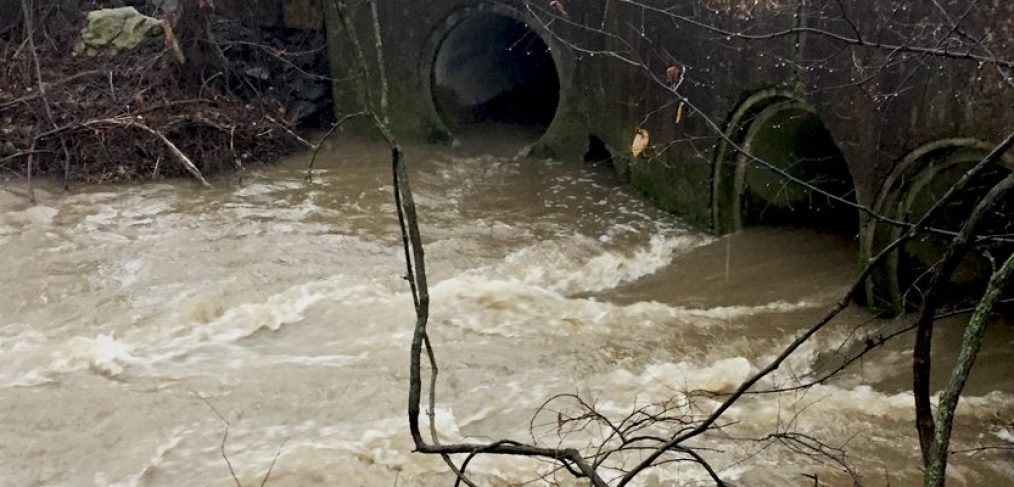
Wet Weather vs. Dry Weather Sampling
A Municipal Separate Storm Sewer System (MS4) permitted community needs to monitor their system for potential illicit discharges, as we discussed last month. An illicit discharge can come from a leaking sanitary sewer or water main, illegal sewage connections, landscape waste like grass clippings and leaves, seasonal draining of swimming pools, residue from nearby concrete-related construction activities, leaching from a failing septic system, or spills and dumping. According to the Environmental Protection Agency (EPA), illegal dumping and broken sanitary sewer lines account for a large proportion of illicit discharges.
How do you uncover and deal with illicit discharges to your MS4? Through sampling and screening. In this article we will discuss the differences between wet and dry weather sampling and when to use one versus the other.
Getting Started
Because of requirements of your MS4 permit you should already have in place the following: a map showing the location of all outfalls, storm drains, and receiving waters, educational materials for residents and business owners, and an illicit discharge detection and elimination (IDD&E) plan that outlines procedures for when an illicit discharge is uncovered. Terms of the permit state that all regulated outfalls to waters need to be screened at some point, with all new permittees screening outfalls during dry weather twice in the permit cycle. Existing permittees must screen all outfalls at least once, with problem areas or high priority areas screened annually.
Wet Weather Sampling
Wet weather sampling occurs during or immediately after a rain event to assess whether pollutants are being flushed into a waterway via stormwater runoff. Sampling will involve observations of water color, smell, turbidity, and presence of floating debris. Then water samples will be taken to test for various indicators, such as levels of nitrogen, phosphorus, dissolved oxygen, bacteria, and other water quality indicators, but this will be highly dependent on the impairment and the water quality indicators of the designated use(s) of the stream.
Dry Weather Sampling
If you see a liquid coming from an outlet and it hasn’t rained in the past 72 hours, that is likely a sign of a leak or illicit dumping somewhere in the system. That is why dry weather screening and sampling is so important. It makes it easier to find illicit discharges than during wet weather events. Dry weather sampling of outfalls is required via IDD&E in priority areas that are classified as high or low priority (it does not need to be done for catchments in areas that are classified as excluded outfalls).
For this type of sampling, you will generally measure the following if flow is found:
- Temperature
- Conductivity
- pH
- turbidity
- chlorine
- surfactants
- potassium
- ammonia
- fecal and total coliform bacteria
- Any listed impairments
Now What?
Once an illicit discharge has been discovered it is the responsibility of the MS4 permittee to try and uncover the source of the discharge and work with the responsible party to fix the problem. Typically, a discharge should be eliminated within 30 days and enforcement actions taken within six months, but these timeframes will vary depending on what is written within a municipality’s stormwater ordinance.
Also make note of the color, odor, floating solids, and any potential sheen on the water. Revisit a week later to see if any changes have occurred. The presence of certain chemicals or other pollutants may be traced back to certain sources. For instance, E. coli may have come from a leaking sewage pipe, while chlorine could have come from someone illegally dumping their pool water into a storm drain.
Learn about our MS4 permit support services.


